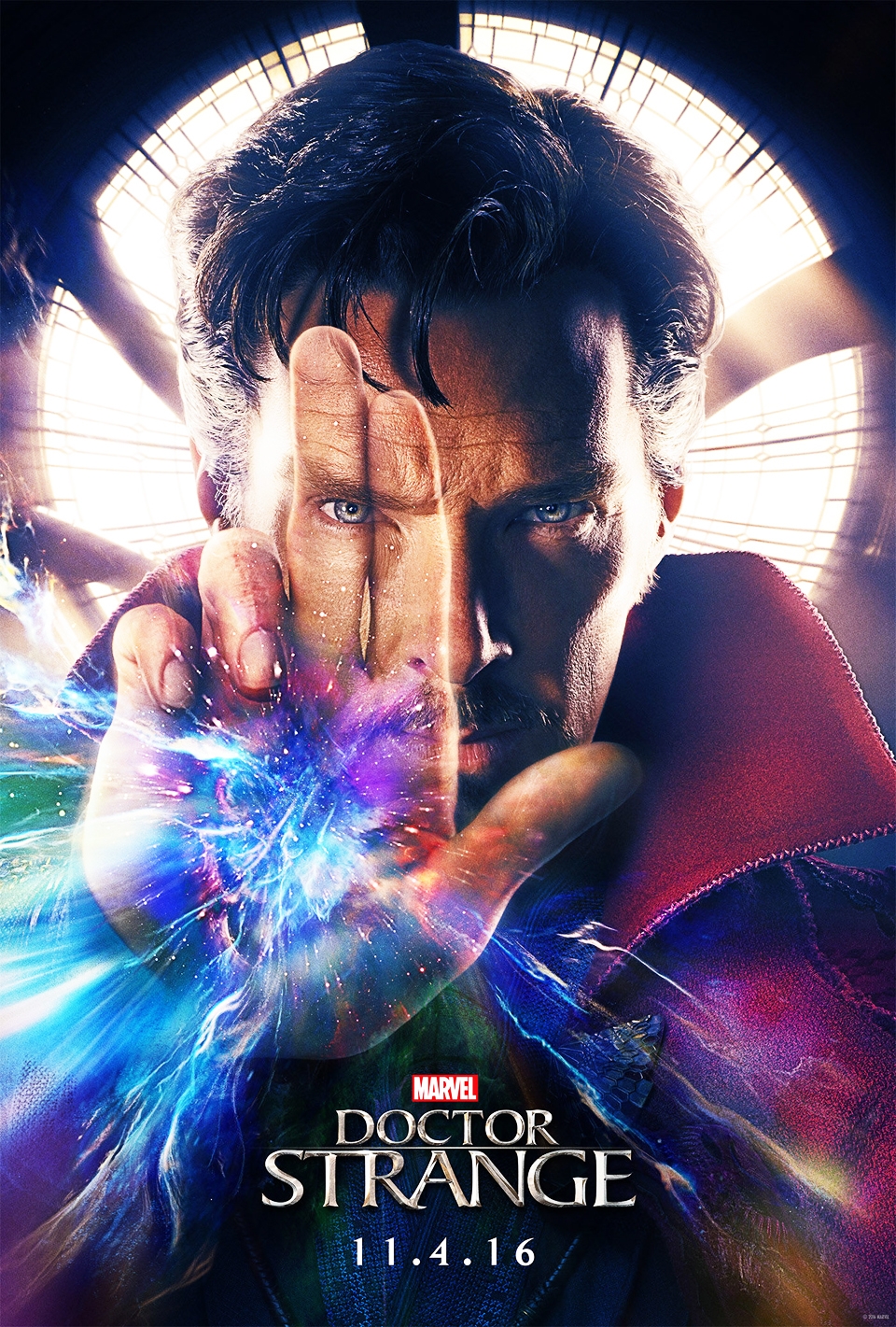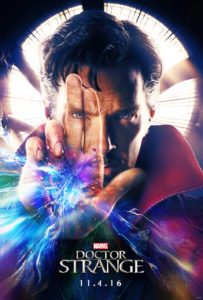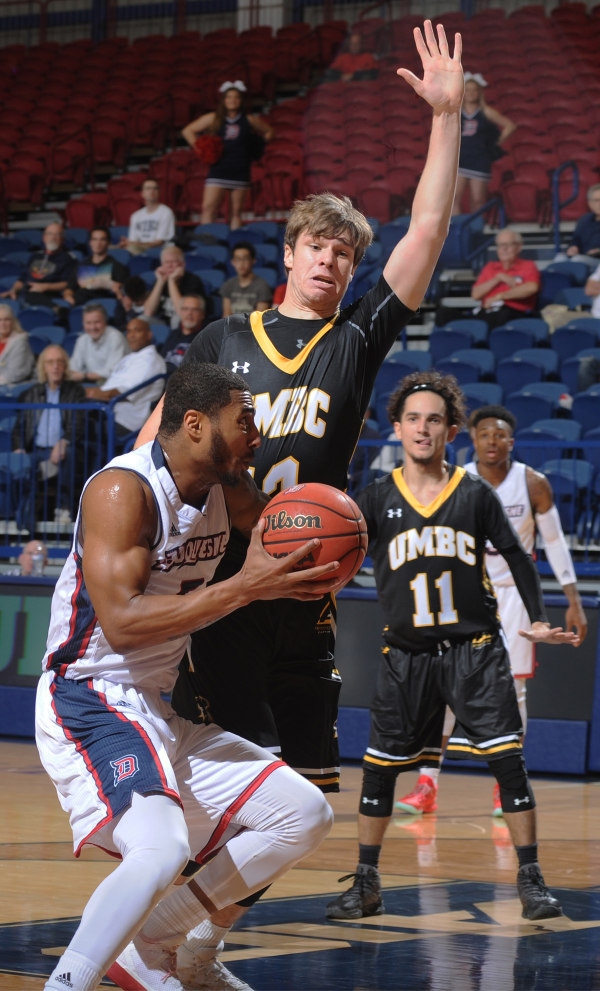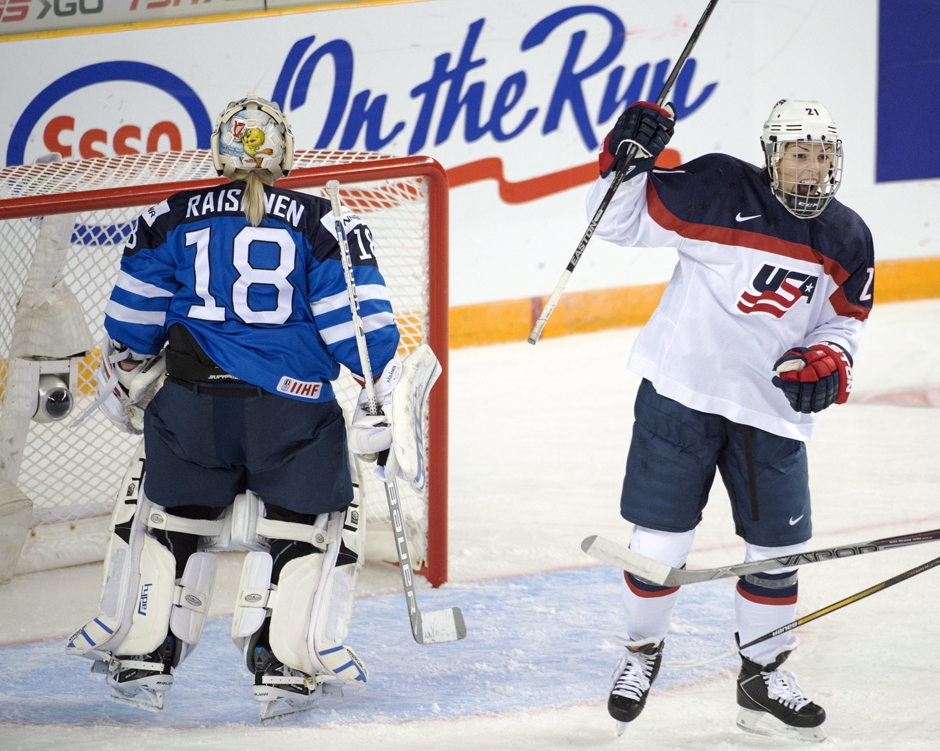

“Doctor Strange” had its international premiere in Hong Kong on Oct. 13. The film has gone on to gross $300 million in five days.07
By Sean Ray | A&E Editor
With gorgeous visuals and an improvement in acting, “Doctor Strange” delivers another win for the Marvel Cinematic Universe (MCU), though with several tropes that are starting to run stale.
Dr. Stephen Strange (Benedict Cumberbatch) is a skilled but arrogant neurosurgeon with a devil-may-care lifestyle. That is, until he gets involved in a car crash that ruins his ability to keep his hands stable, and bringing an end to his surgeical career. Strange, desperate for a cure, turns to a supposed mystic known only as the Ancient One (Tilda Swinton). However, he soon finds himself drawn into a conflict that could decide the fate of the entire universe and sets him on a path of magical mastery.
To cut right to the chase, the best part of “Doctor Strange” is the magic. The film bends the laws of physics in its action set pieces, with battles that look like they take place in an M.C. Escher painting. Hallways are rotated around, buildings bend on themselves and alternate dimensions are portrayed like the color-filled ending to “2001: A Space Odyssey.”
“Doctor Strange” feels like an escalation of the kind of effects we saw in “Inception” and demands to be watched in 3D for the best effect.
However, while the magical action is awe-inspiring, the hand-to-hand combat leave much to be desired. For some reason, the film feels the need to have its wizards punch and kick each other rather than, say, shooting bolts of lightning or energy pulses to fight. These moments often are shot too close to the actors, leaving the viewer confused and unable to follow until things zoom back out again for more spells.
“Doctor Strange” does carry the usual Marvel-movie origin story, with the movie feeling particularly close to 2008’s “Iron Man,” but this run-of-the-mill plot is supported by some top acting chops.
Cumberbatch shows a much wider range of emotion and expression than his usual affair while not completely stealing the show. Swinton, while playing the tired old mentor archetype, excels in the role, adding more emotion than is usually seen for the character type. And while Marvel’s villains may still suffer from not having enough screen time, Mads Mikkelsen’s Kaecilius has more depth and complexity than the others, and Mikkelsen delivers a truly great monologue near the climax.
The movie also feels a lot smarter than the other MCU movies. The concepts being played with are a lot higher and philosophically interesting. The main villain is also defeated in an incredibly clever way. (And that is hardly a spoiler, it’s a superhero movie.)
What holds “Doctor Strange” from being placed amongst the Marvel great’s is its hesitation to break out of standard MCU formula. The usual round of humor and quips gets inserted, but feels out of place in such a high-stakes plot. Many of the more interesting, out-there ideas are not explored as much as needed. The concept of alternate universes existing alongside our own is a fascinating one, but it sadly does not get the attention it deserves.
Furthermore, the third act feels incredibly rushed, with Strange and Kaecilius’s first meeting occurring on the same day their final battle does. With such an epic conflict over the fate of all reality as the stakes, the brief span seems very off-putting and not at all epic.
This is not to say “Doctor Strange” is not good. It stands among MCU features like “Captain America: The First Avenger” and “Iron Man.” However, it is not as close as it needs to be to the latest and greatest entries like “Civil War” and “Guardians of the Galaxy.” My biggest hope is that Marvel allows director Scott Derickson to take things a step further in the inevitable sequel.
Oh, and one last thing. There are two after-credits scenes, so make sure you stay through the entire thing. Without giving too much away, the first one has me really excited for a certain upcoming Marvel movie starring a different character, while the second acts as the usual tease for the next Strange movie that will be unsurprising to anyone who reads the comic.




